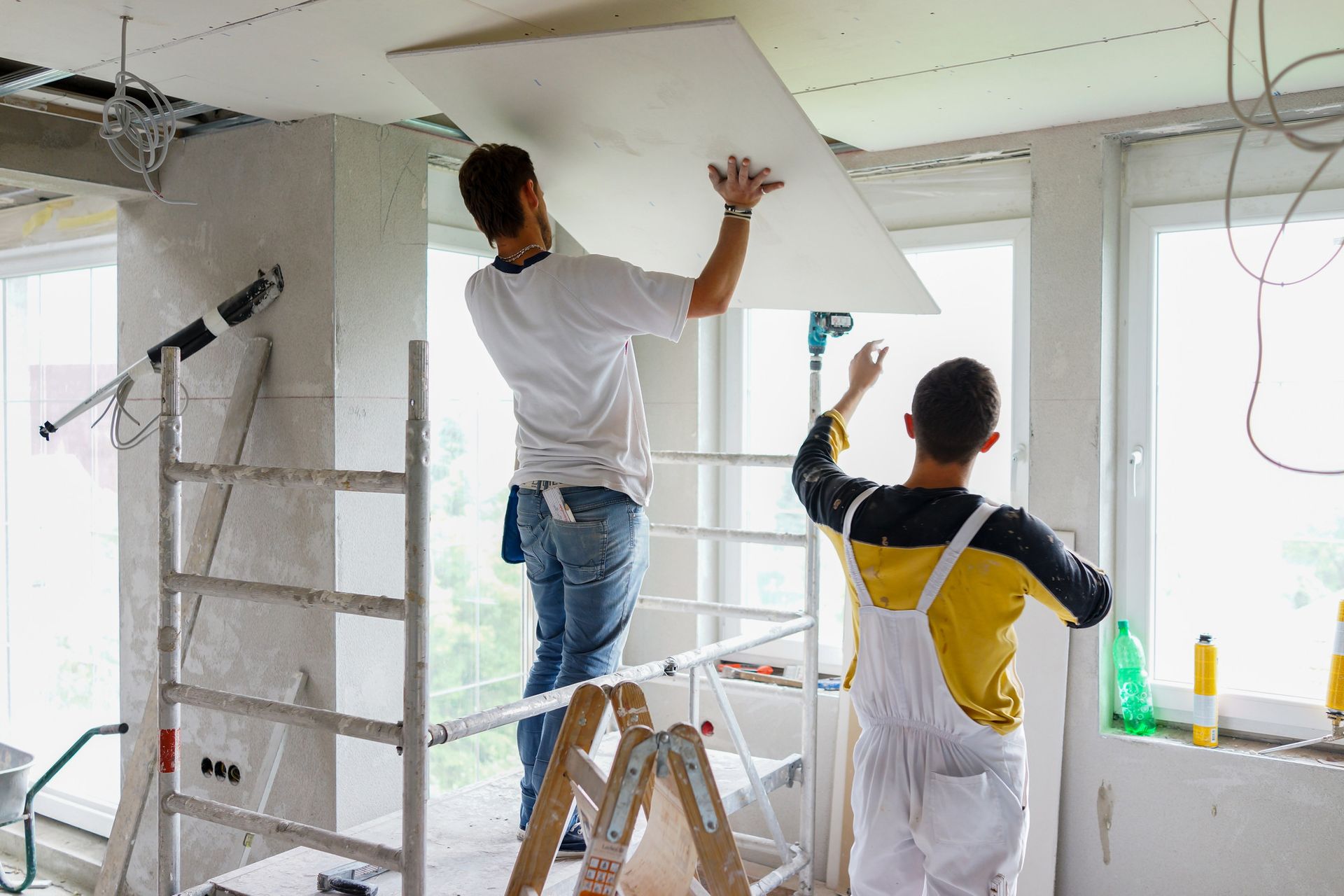Experts At Yell Give Winter Gardening Advice to Prepare Your Garden for 2024
While poor weather and cold temperatures may result in us neglecting our gardens in the Winter months - it’s important to get them prepared so that they will be in the best shape for the upcoming Spring. With this in mind, the experts at have compiled a winter garden maintenance checklist to prepare your garden in advance of 2024.
Protect your plants
While plants may thrive in the Spring and Summer months - the harsh extremes of Autumn and Winter will do nothing to help your flourishing beds. As leaves start falling and there’s more wind and rain, your garden’s tender plants become vulnerable. They need protection from frost, gales, and freezing rains, or they could decline rapidly. To ensure a fruitful Summer growth isn’t lost, you should follow these steps:
- Insulate tender plants: Now is the perfect time to move your plants into a greenhouse or sheltered spot. If you can’t move them, wrap your plants or pots in fleece or bubble wrap instead. This gives them a defence against the wind and rain. You can even protect roots from the cold by covering them with compost or leaf mould. A thick layer of chippings or fallen leaves are both decent alternatives, as long as they’re around 10cm deep.
- Protect potted plants: Potted plants can get soggy – with drowned, rotten roots – if you leave them out in the rain. When planning for winter, make sure all your pots have drainage holes and raise them off the ground. This leaves space for excess water to run off. When plants are unlikely to survive the frost (tropicals and palms come to mind), bring them indoors. A greenhouse would be ideal, but your shed, garage, or home is suitable too.
Start Planting for Spring/Summer
For a luscious garden filled with thriving plants and flowers next year, start preparing now.
- September: You should plant spring-flowering bulbs – like daffodils, crocus, and hyacinths – by the end of September. That goes for both borders and containers. The flowers will start blooming in April.
- October: You can plant hardier summer-flowering bulbs – such as lilies, alliums, and crocosmia – in September and October, too. For the best results, pick a warm, sunny spot with good drainage.
- November: As we move into November, it’s time to plant tulips. This later planting time helps reduce the risk of tulip fire – a fungal disease that affects the growth of tulip leaves.
Winter prune your fruit trees
It’s safe to prune your fruit trees since they’re dormant during the winter. This will promote a more stable tree with stronger growth in the year ahead (and that means more fruit too!)
- Get rid of any dead or diseased wood.
- You should also use some careful pruning to untangle branches that are rubbing against or crossing each other.
Different types of fruit trees need cutting at different times during winter. If you’re ever unsure, always check with a professional.
Winter Lawn Care
Autumn is the perfect season for getting your lawn ready for next year. This milder, wetter season is perfect for improving your lawn’s condition and giving it a solid base for the months ahead. Readying your lawn for winter is one of the most important autumn gardening jobs you'll need to handle. There’s ample time to refresh the grass and prepare your lawn for winter – if you follow the right steps:
- Rake your lawn
The process is simple. Use decent force to rake across your lawn, removing thatch without tearing out grass. Go in one direction before doubling back on yourself.
- Aerate the lawn
Use a garden fork to spike your lawn, ideally to the full depth of the tines. Move the pitchfork around to increase the size of the holes. If you wait until conditions are frosty or the grass is very wet, you could damage your lawn.
- Complete top dressing
Apply a mix of loam (a fertile type of soil), sand and rotted organic matter to the lawns’ surface. This mixture will fill the holes formed by aeration. This process improves drainage, breaks down thatch, and feeds the lawn – so there are plenty of benefits.
- Keep off the grass
Once you’re through with your autumn lawn care, you should give the grass time to settle in for winter. You’ll need to stay off the grass – the same goes for children and pets – especially if it’s frosty. Letting your grass breathe will give it the best chance of surviving winter unharmed. Only step out to rake up leaves and, if we’ve had a long spell of dry weather, water your lawn.
About Yell
Yell Ltd exists to connect businesses and consumers via its leading marketplace for local services and offering managed digital marketing helping businesses to find, connect and sell to consumers online. Yell Ltd is a proud Google Premier Partner, Microsoft Advertising Elite Channel Partner, and Meta Business Partner.
Learn more at and our Media Centre
Visit our social media channels: , , ,
Download the free Yell consumer app from the or
Download the free Yell for Business app from the or
For media enquiries, please email:



Follow us on
© Yell Holdco Limited 2024. Registered office: 3 Forbury Place, Forbury Road, Reading, RG1 3YL. Registered in England & Wales No: 12315720. VAT No: GB 765 346 017. All rights reserved. ‘��������’, ‘Yell’ are trademarks of Yell Limited or its licensors. Other trademarks, service marks, logos, and domain names are the property of their respective owners.